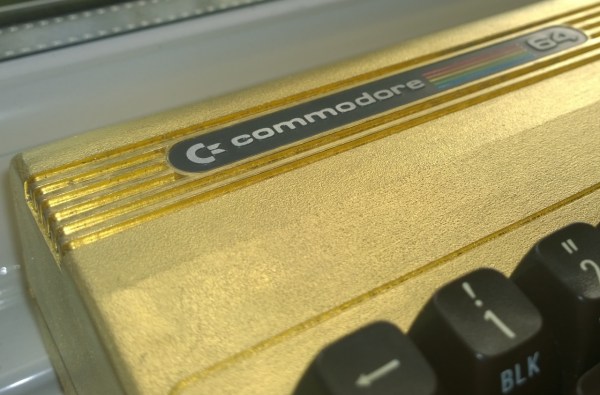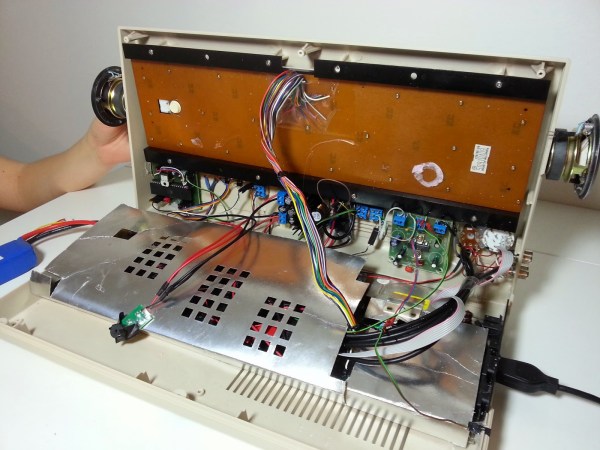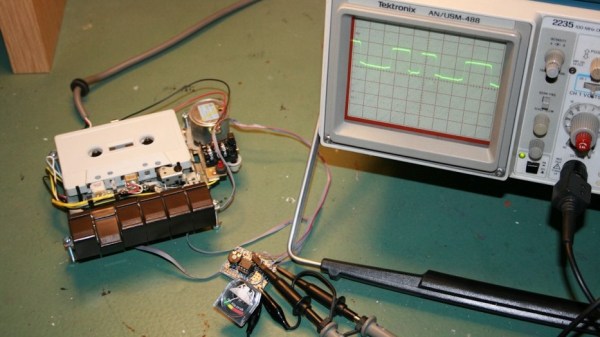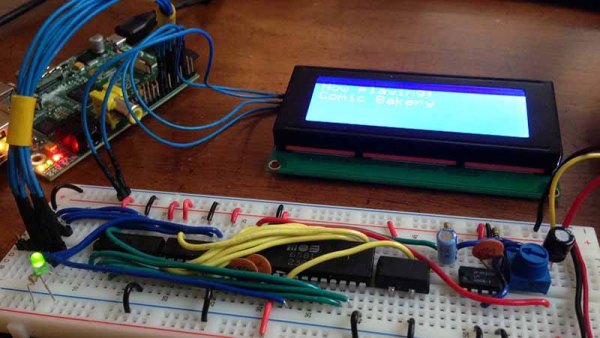If there’s any indication of the Commodore 64’s longevity, it’s the number of peripherals and add-ons that are still being designed and built. Right now, you can add an SD card to a C64, a technology that was introduced sixteen years after the release of the Commodore 64. Thanks to [Leif Bloomquist], you can also add WiFi to the most cherished of the home computers.
[Leif]’s WiFi modem for the C64 is made of two major components. The first is a Microview OLED display that allows the user to add SSIDs, passwords, and configure the network over USB. The second large module is the a Roving Networks ‘WiFly’ adapter. It’s a WiFi adapter that uses the familiar Xbee pinout, making this not just a WiFi adapter for the C64, but an adapter for just about every wireless networking protocol out there.
[Leif] introduced this WiFi modem for the C64 at the World of Commodore earlier this month in Toronto. There, it garnered a lot of attention from the Commodore aficionados and one was able to do a video review of the hardware. You can check out [Alterus] loading up a BBS over Wifi in the video below.

















